The first International Challenge on CLassification of frEscOes PictoriAl sTyle fRom frAgments, held in conjunction with the 21th International Conference on Image Analysis and Processing (ICIAP2021)
THE CHALLENGE
The problem of reconstruction and restoration of little fragments of pictures and frescoes is a very sensitive issue for archaeologists and art historians.
In several cases, it is not possible to be certain of the historical dating of an artifact due to the lack of a good reproduction of the original, e.g., a picture or recordings.
Frequently, artworks are extracted in extreme conditions and are often damaged or smashed to pieces. In this scenario, the historical dating of the artwork becomes uncertain, especially when the recovered fragments are such to prevent the faithful reconstruction of the original aspect of the artwork. Approaching the problem in a traditional way, difficulties in applications and solutions emerge. It is intrinsically a complex task to perform and sometimes made even harder from the difficulties of reconstructing a collapsed wall or the original appearance of a painting that has been ruined over centuries.
However, the fragments can still hold sufficient information to classify an artwork into a specific pictorial style. The analysis of the visual features, like traits, lines, curves, colors and so on, can reveal hidden details of the original work and then enable the classification of the historical period even in case of severely damaged finds.
In CLEOPATRA Challenge, we propose the problem of classifying the historic artistic period of digital artefacts from their fragments. This special case study is inspired by the usual operative conditions for archaeologists when working in the excavation.
Therefore, we analysed the issues of the classification of pictorial style from fragments by combining the traditional humanistic perspective with computer science techniques. Rather than addressing the issues of matching the pieces together like in a puzzle, the CLEOPATRA challenge collects a number of images depicting frescoes of different historical periods which are turned into pieces to be properly classified in the right historical-stylistic period.
ORGANIZERS

Lucia
CASCONE

Piercarlo
DONDI

Fabio
NARDUCCI
TECHNICAL PROGRAM COMMITTEE
- Virginio Cantoni – University of Pavia
- Michele Nappi – University of Salerno
- Luca Lombardi – University of Pavia
- Maria de Marsico – University of Rome “La Sapienza”
- Piercarlo Dondi – University of Pavia
- Carmen Bisogni – University of Salerno
- Chiara Pero – University of Salerno
- Sara Linda Russo – University of Salerno
- Paola Barra – University of Rome “La Sapienza”
- Silvio Barra – University of Naples Federico II
PROTOCOL
The challenge is organized in three tracks with increasing level of classification difficulty. The participants can join all the tracks or selectively join just one or two of them. In all cases, the submission of one algorithm is expected to each track (e.g., in case a participant joins all three tracks, he/she will submit three algorithms). Details of the tracks are available in the following:
Track 1 – three pictorial styles
 | 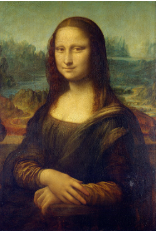 | 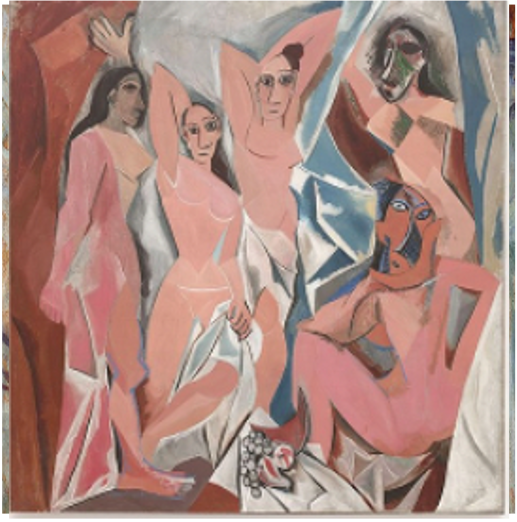 | ||
| Egyptian | Renaissance | Cubism |
Track 2 – five pictorial styles
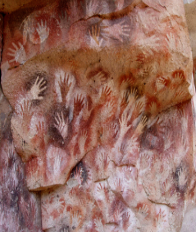 |  |  | 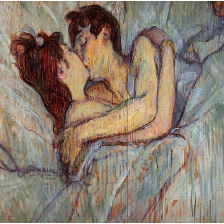 |  |
| Prehistory | Egyptian | Renaissance | Impressionism | Cubism |
Track 3 – eleven pictorial styles
 |  | 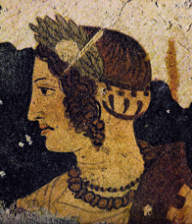 | 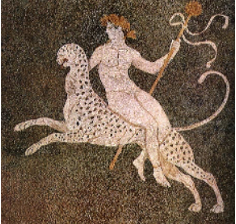 | 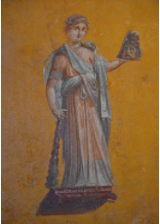 | 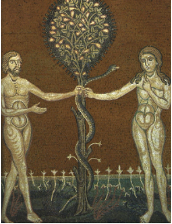 |
| Prehistory | Egyptian | Etruscan | Greek | Roman | Byzantine |
 |  |  |  | 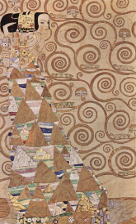 |
| Gothic | Renaissance | Impressionism | Cubism | Surrealism |
IMPORTANT DATES
- Competition Opens: 15th November 2021
- Algorithm Submission Deadline:
1st February 202220th February 2022 - Verification Results: 26th February 2022
- Final rank: 2nd March 2022
DATASET
The construction of the dataset was done by focusing on 11 art historical periods, which are very different in lines, ways of painting and effects. For the first artistic period, the Prehistoric one, the particularity of the drawings is obviously the essentiality of the lines. Examples come from Lascaux cave, Altamira cave, Tassili n’Ajjaer in the Sahara desert, Ennedi (Chad), etc. The ancient Egyptian files contain very recognizable images for the profile of the people and the use of colors also on the wall paintings. Between the Etruscan and the Greek art there is less difference. For the Roman and Byzantine periods there are specific characteristics such as “megalography” and mosaics. For the Romanesque and Gothic historic-artistic period are selected some frescoes by Beato Angelico, Simone Martini and Giotto characterized by limited use of colors and the lack of expressions and perspective. Going on in history, the Renaissance art occupies a privileged space for its magnificence and the uncountable peculiar elements for which is well know: the perfect drawing, the full perspective. The selection has regarded just a few examples as Leonardo, Perugino, Botticelli, Raffaello and, Giulio Romano. Impressionism is highly recognizable for his peculiar characteristic of the evanescence of the drawing and the privilege of colors and also here have been selected the most important painter like Monet, Manet, Degas, and Van Gogh. The last two periods are the most particular but also the most difficult because Cubism and Surrealism, which are the most recognizable thanks to their particular shapes, become very difficult to discriminate if fragments are extrapolated from the context.
For each period, 40 artworks considered particularly representative were selected. Of these, 26 were selected and included in the train set, 6 for the validation one and, finally, 8 for the test one. These artworks were then fragmented into about 80 fragments through a random approach based on the simple linear iterative clustering algorithm (SLIC). At the end of this operation, 18708 pieces were obtained for the train set, 4173 for the validation and, finally, 5713 for the test.
The dataset is organized as follows, a folder called ‘Original_artworks’, containing the original artworks selected both for the train and for the validation, and a folder called ‘Fragmented_artworks‘, containing the relative fragments, respectively for the train and for the validation. For both folders, there are 11 subfolders for both the train folder and the validation one, each relating to a specific artistic period: ‘Prehistory’, ‘Egyptian’, ‘Etruscan’, ‘Greek’, ‘Roman’, ‘Byzantine’, ‘Gothic’, ‘Renaissance’, ‘Impressionism’, ‘Cubism’, ‘Surrealism’ .
Respecting the same order, a number identifier from 1 to 11 is associated with each artistic period.
Therefore in the ‘Original_artworks folder’, the works present in the respective folders will be indexed with the following identifier ‘x.y’, where ‘x’ represents the artistic period (therefore it varies from 1 to 11) and ‘y’, on the other hand, is the identifier the work within its artistic period. This last value varies from 1 to 26 if the image is in the train folder, from 27 to 32 if it is in the validation one. So, for example, the identifier ‘10.28’ indicates that the relative artwork belongs to Cubism and that it is in the validation set.
For the ‘Fragmented_artworks’ folder, on the other hand, the identifiers of the fragments are of the type ‘x.y.z’, the first two (‘x.y’) indicate the artwork to which the fragment belongs while the last, ‘z’, is the identifier of the single fragment extracted from the image which therefore varies from 1 to 80. So, for example, the identifier ‘10.28.9’ indicates that this fragment is the ninth of a Cubist artwork, which is in the validation set.
The dataset is available at the following weblink.
WORKSHOP AND PRL SPECIAL ISSUE SUBMISSION
Best selected algorithms will be invited to be presented in the ICIAP 2021 workshop “Parts can count like the Whole”. The authors of the top three algorithms can submit a paper that will be peer-reviewed as all other contributions to the workshop and added in the proceedings of the conference in case of positive review.
We strongly encourage to join the competition since the best algorithms can have the further option of submitting a paper to a Special Issue on Elsevier Pattern Recognition Letters that will open by the end of this year (pending)
RESULT
To be announced
CONTACT US
If you want to contact us, feel free to send an email to cleopatra@unisa.it.
